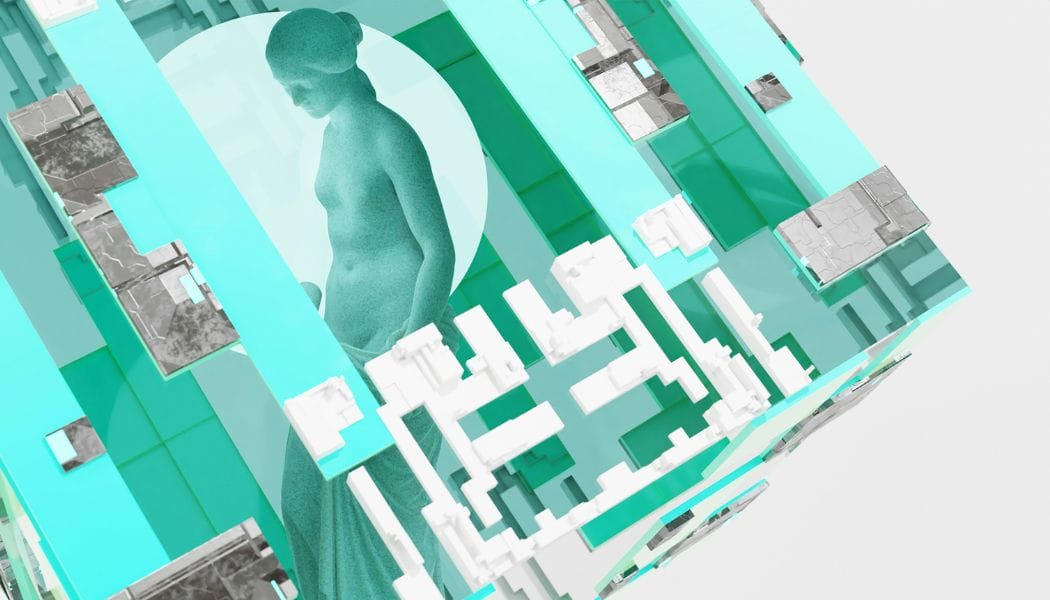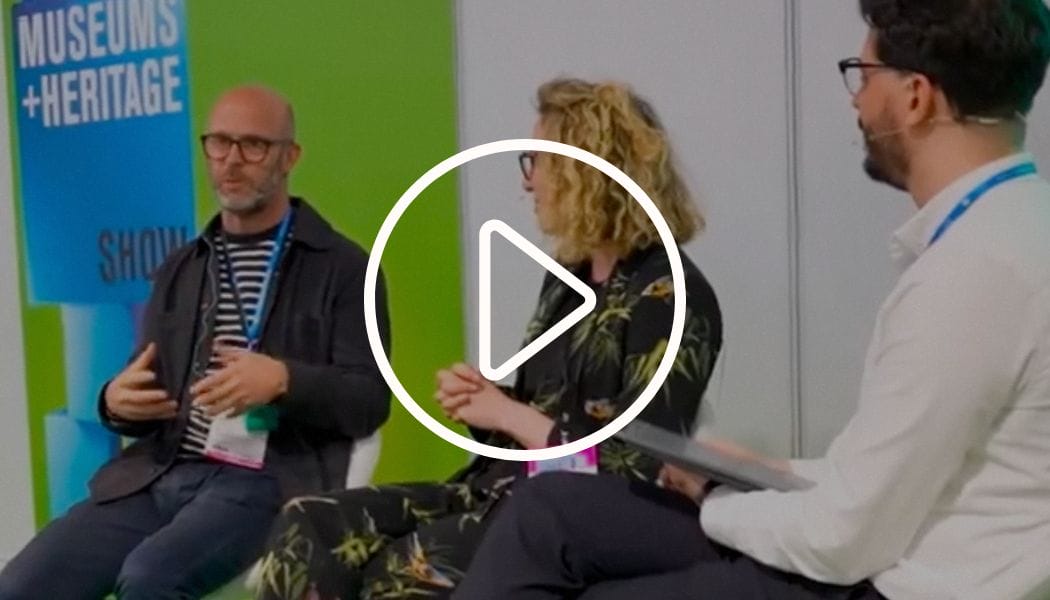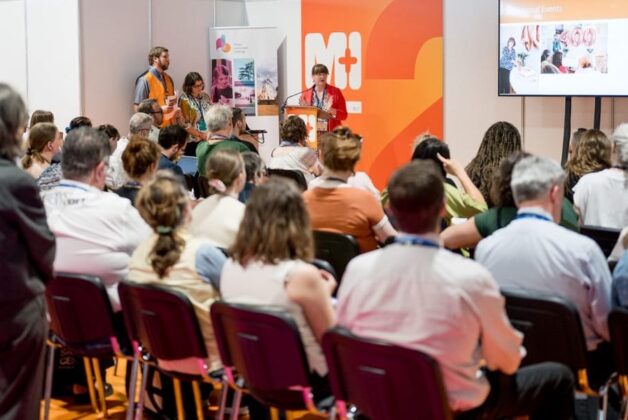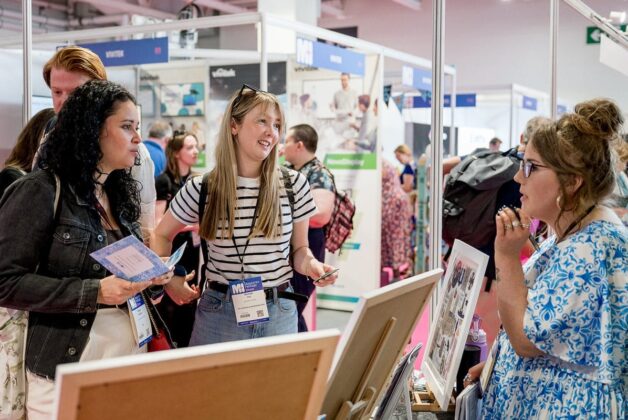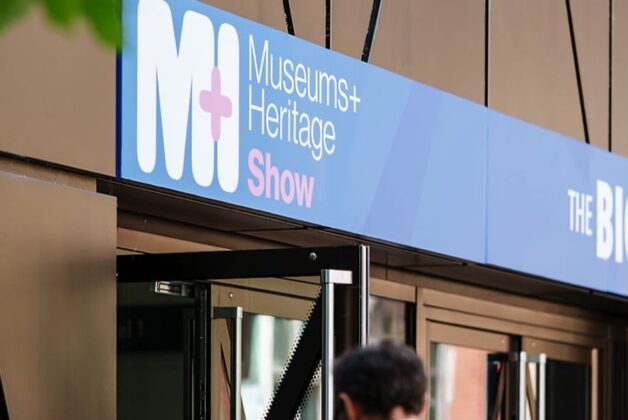Alistair Hardaker
AI’s integration into museums through data processing, artistic creation, and employee adoption raises questions about transparency, policy-making, and future skill requirements, says a session at this year’s Museums + Heritage Show
AI has entered the museum sector through three very different vectors.
Well-funded museums are working with technology partners in arguably AI’s purest form; speeding up the process of cataloging mountains of museum data.
Alongside this, artists are being welcomed into museum and gallery spaces with newly created pieces that have at least some assistance from AI in the creation of visuals, graphics, and sound, if not entirely AI-generated.
Simultaneously, museum employees are introducing the technology to their own workday to make repetitive or creative tasks simpler.
With so many permutations of the technology, it is little wonder that AI is the source of both optimism and apprehension.
How these three entry-points have and should affect both decision and policy making, is the topic of a discussion which took place at the recent Museums + Heritage Show.
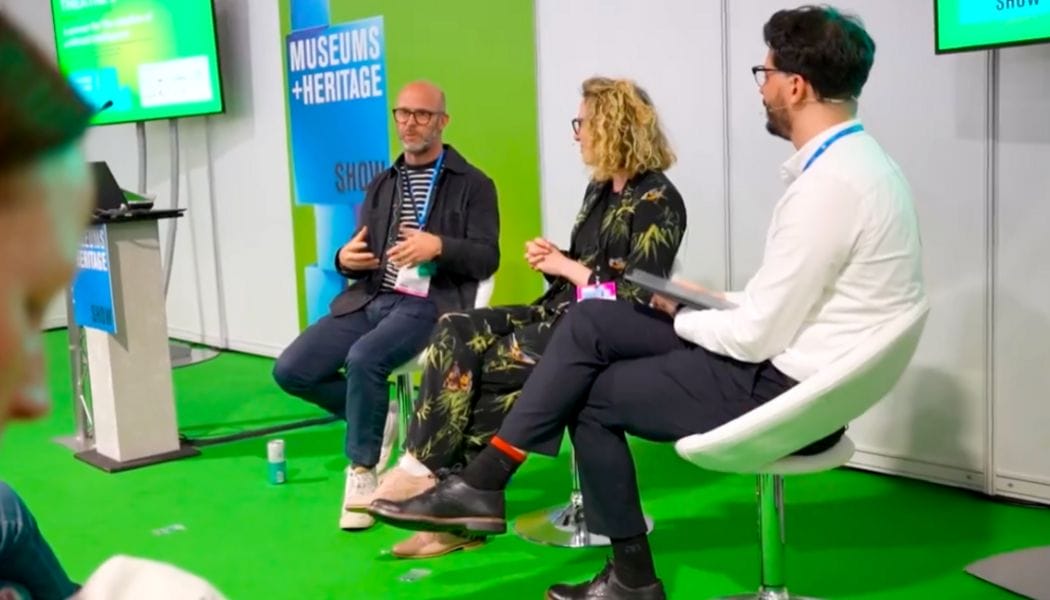
Defining AI by task
Dr Oonagh Murphy, one of two speakers at the session, is a Senior Lecturer in Digital Culture and Society at Goldsmiths, University of London.
Murphy explained the term AI was a ‘catch-all’ for a range of different technologies but described it broadly as a “mechanism of processing data’.
“I think that’s a real way to start thinking about this technology, moving beyond the idea that it is magic or unknowable”.
In more detail, Murphy categorised AI’s use in the museum’s sector into four distinct categories: enhancing the visitor experience through audience tracking; increasing sales through the creation of marketing copy and images; its usage in visual arts museums where artists use the technology as the medium; and finally ‘critical technology discourse’.
Murphy explained that this final category includes “museums that are engaging with the wider societal impact of AI through contemporary commissioning of collections, but also through public programming and providing a civic space for developing what the future of these technologies might be.”
"...the things that you're ignoring and think aren’t problematic are the things that you should be worried about.”
Dr Oonagh Murphy, Senior Lecturer in Digital Culture and Society at Goldsmiths, University of London

Murphy also suggested that trepidation about AI is often misplaced, as the cost of large-scale AI projects – those which fundamentally change the way a museum might work – are outside of most budgets.
But, Murphy adds, “…the things that you’re ignoring and think aren’t problematic are the things that you should be worried about.”
Unwin said there was a distinction between “blindly letting systems just go and do their thing and using it to aid a human.”
Its use in completing emails, rewording reports, and generating unique images – which Murphy called ‘human augmentation’ – was of more immediate concern, and will be commonplace within a year.
Particularly in small regional museums, where it is more likely to be used without a distinct policy, staff and volunteers will need to have their usage addressed.
Were you at this year's #MandHShow? What a show it was! 🤩
The official Museums + Heritage Show 2024 video is now live ⬇️ pic.twitter.com/9GvheSfpFZ
— Museums + Heritage Show & Awards (@MandHShow) June 13, 2024
How AI enters an organisation
Murphy said: “A lot of people are using it, but aren’t declaring that they’re using it because they wonder if they are allowed to use it or not” , adding that it was important that museums are “transparent about the fact that it’s being used now, and it’s going to increasingly be used…[museums] need to decide ‘what is our policy position on this?’.
“It’s about transparency. If you’ve used it in a report, say you’ve used it. Have an open conversation with your team.”
More advanced implementations include those behind-the-scenes, processing large amounts of collections data. Unwin described using AI at the Science Museum Group within its collections site, particularly in analysing photographs.
Watch the full session: A video of this session and 54 more from this year’s Museums + Heritage Show are available to watch on the Museums + Heritage Show website.
“We’ll take what’s in a photograph and we might put in keywords, but we will never present that to a user”, he explained.
In this implementation, the AI is in effect used to “hint” at potential connections between photographs, which are then flagged to be seen by a curator for human confirmation.
Unwin said five years ago, his conversations around AI centred around understanding and implementation. Its rapid advancement means it’s now “off-the-shelf”, and “increasingly getting smarter and cheaper”.
But not all of these platforms are created equal, and all should be considered with caution.
Unwin said some ‘silver bullet’ platforms on offer – for instance those generating captions for website images – can be far from time-saving, and are in some instances are “useless”.
Murphy also cautioned against partnering with AI companies selling off-the-shelf products without caveats.
“If somebody makes you feel like you’re stupid in this space, then they’re not very good at their job, because if they can’t explain the technology, then they shouldn’t be working with it.”
“Don’t be afraid to ask questions and keep asking questions if there isn’t an answer, then I would be dubious about using that service provider.”
What does the future of AI in museums look like?
Unwin said AI will always be useful as a tool for surfacing data. “If you’ve got a huge archive that you’re never gonna be able to go through,” AI can be the “equivalent of having a huge number of basic researchers” he said.
Murphy said the future skillset of ‘prompt engineering’ -using words to instruct AI systems – is likely to become essential across most job roles; “For operations, curators, front of house – this will be a skill”, she said, with the best results being created by those who know precisely what to ask of the technology.
Murphy added: “I think increasingly, but I would say within 10 years, every single job will have a requirement in terms of prompt engineering skills.”
Watch the full session: A video of this session and 54 more from this year’s Museums + Heritage Show are available to watch on the Museums + Heritage Show website.

